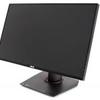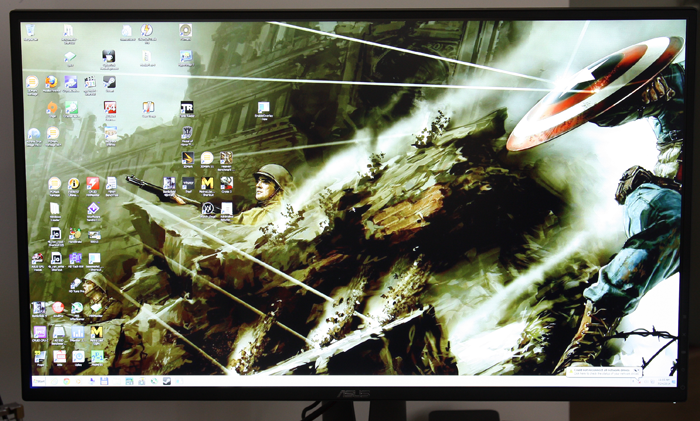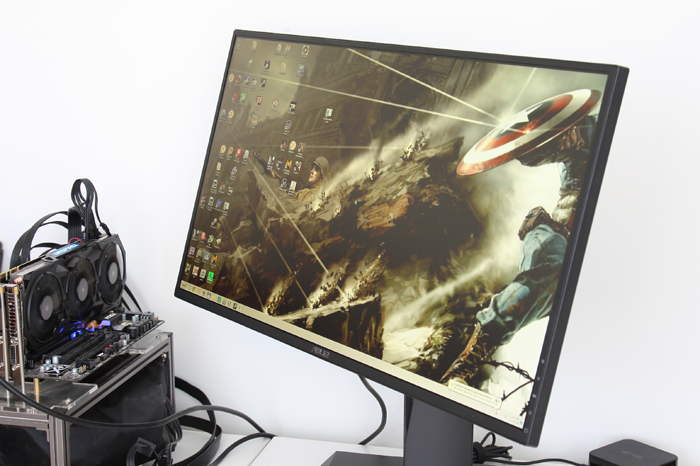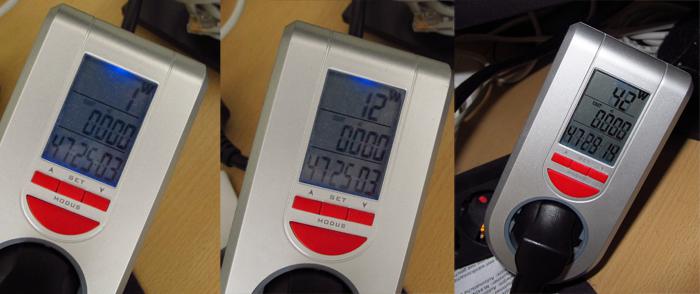Viewing Angle - Color Temperature offset - Power Consumption
Viewing Angle and Color Temperature offset
LCD monitors are usually advertised as having a viewing angle of somewhere between 140 and 165 degrees. This means that you can still see what's on the display if you are looking at it at 70 to 83 degrees from the side. However, most of the time, you will be sitting roughly straight in front of the screen, which means that you are looking at 0 degrees to the center of the screen and at most 45 degrees to the sides. Compared to the advertised viewing angle, it is much more relevant that the display does not change brightness or color in the corners.
Above a 0% view angle, we look directly at the screen. Below the viewing angle at 45 degrees horizontally. Especially TN screens have a problem with this as you can see clearly:
When you look at brightness and discoloration alongside the viewing angle then that will tell you something about the image quality when you are not looking straight at the screen. TN screens always show discoloration to some degree where IPS and VA screens are less sensitive to that. The ASUS screen is average here, which you can tell from the above photo.
With a simple colorimeter we can check out the color temperature and values with the monitor at default settings. We approach color precision in a simple to understand and explain method, this test is simple. We look how close the screen is to a color temperature of 6500 Kelvin based on a sRGB color space. In the chart above, the lower the value is, the better. The ASUS screen showed numbers just over 7500K, and that is a little high. Indicating that the monitor is not color precise enough in its default settings. It's nothing that can't be tweaked of course. On color precision, really the screen is nice overall, no worries. Some take color precision into extreme detail as they work with say photoshop on a professional basis where this is very important. For gamers, that's a little different and less important.
Above a chart on power consumption measured in three ways. A white screen, a Black screen and then in Standby mode. Mind you that TFT TN screens are always lit, as such the results in-between white and black will be small. The interesting nature of IPS and VA screens is that they consumer more power with a white screen, and TN screens uses the most power with a black screen. Weird but true. The ASUS ROG Swift PG278Q is not the most power friendly monitor. Then again it needs to feed the GSYNC module and uses a WHQD resolution.
Small note, during standby initially we measured 12 Watts, which puzzled us. Then 15 minutes lates the power consumtion dropped to 1 Watt. Apparantly it takes the GSYNC module roughly 5 to 15 minutes to turn itself off, after which the monitor drops to a 1 Watt power consumption.






